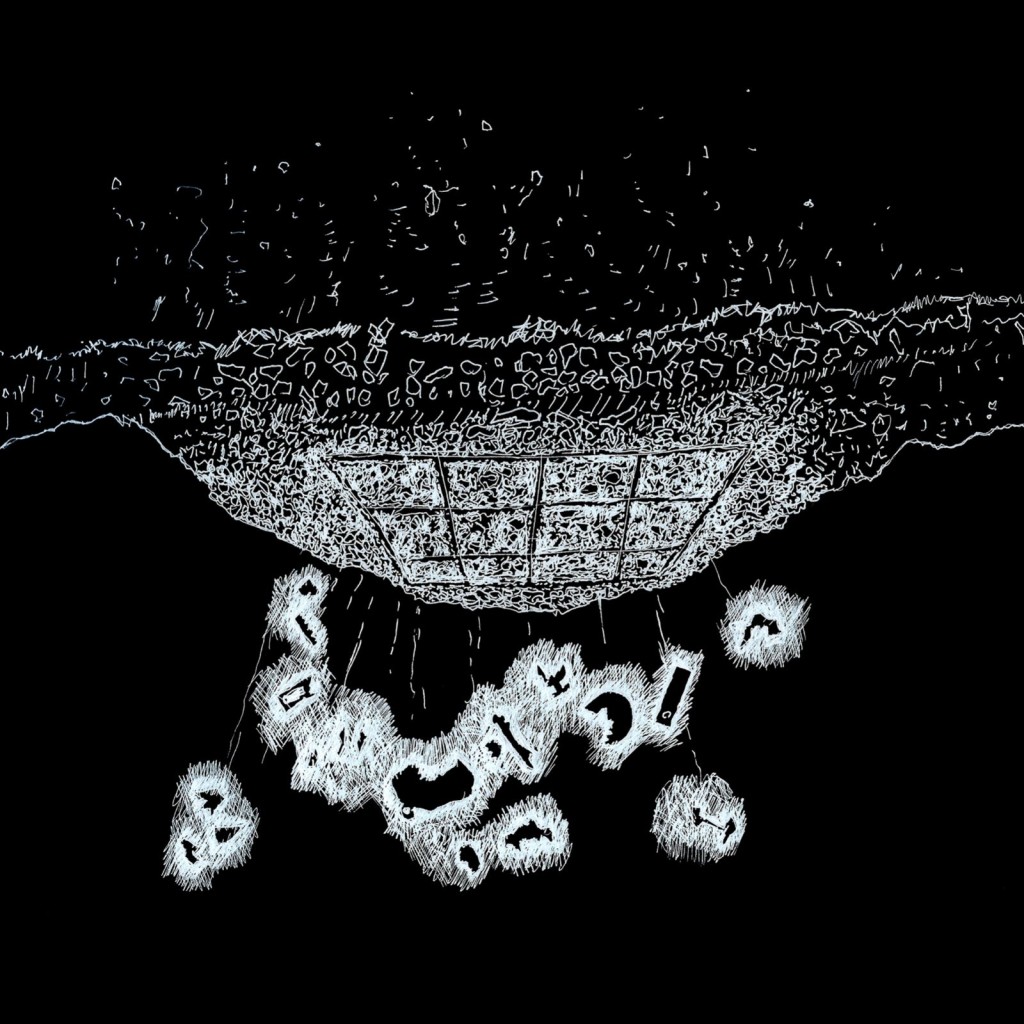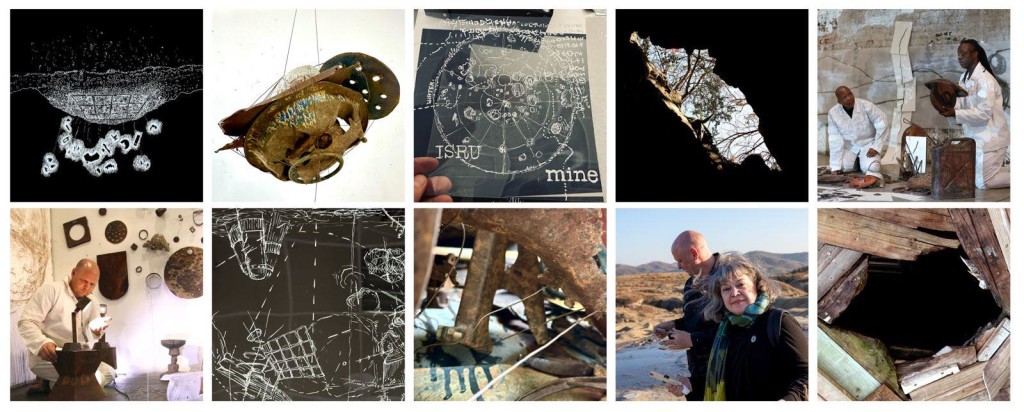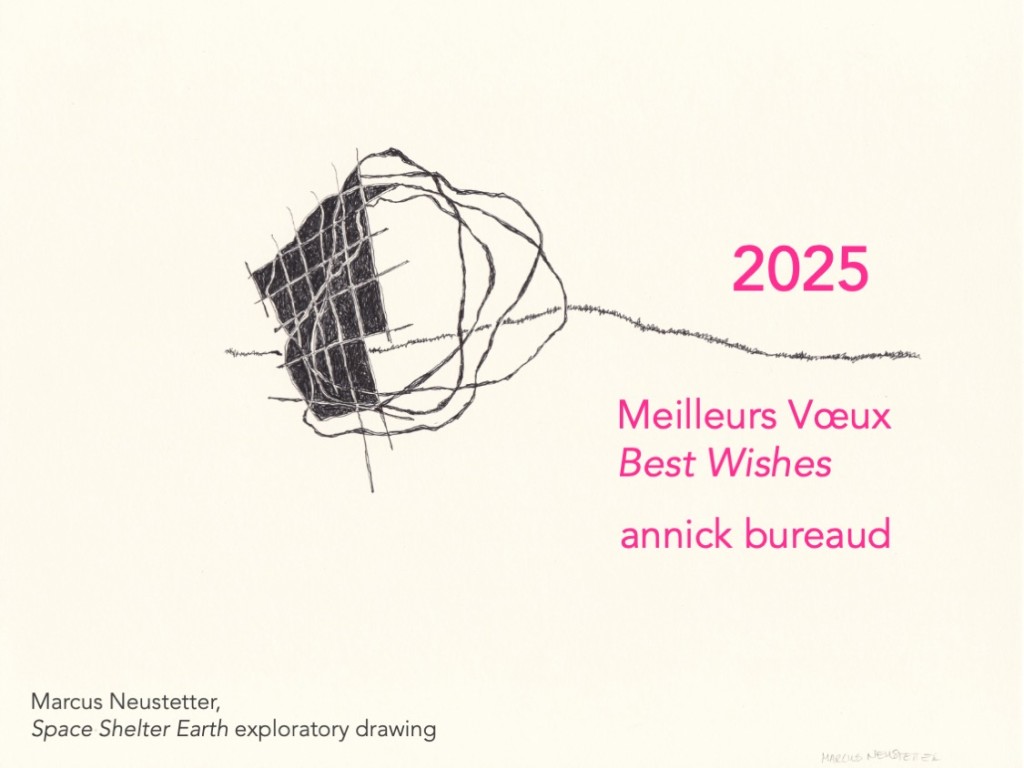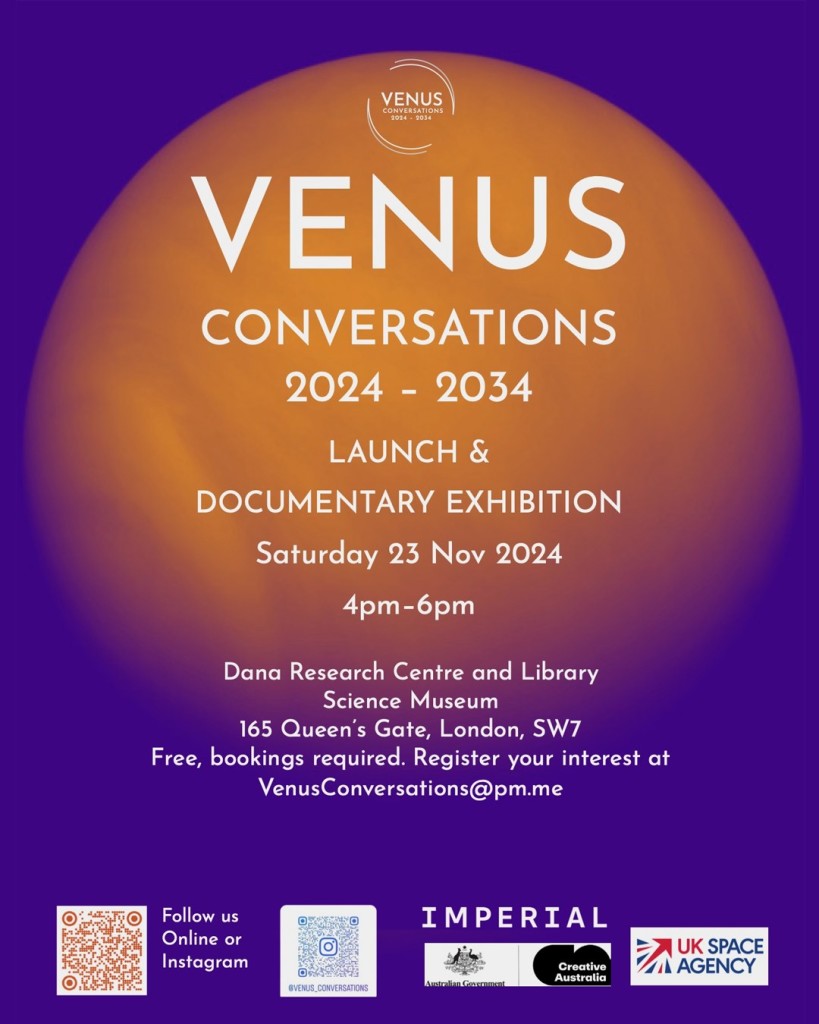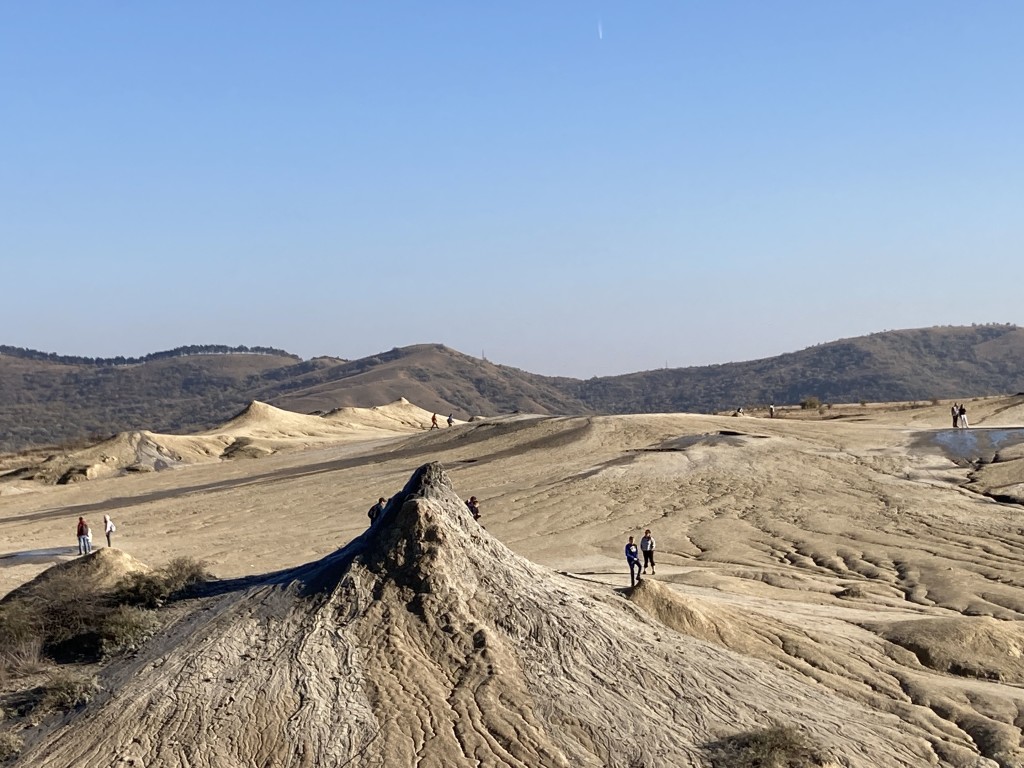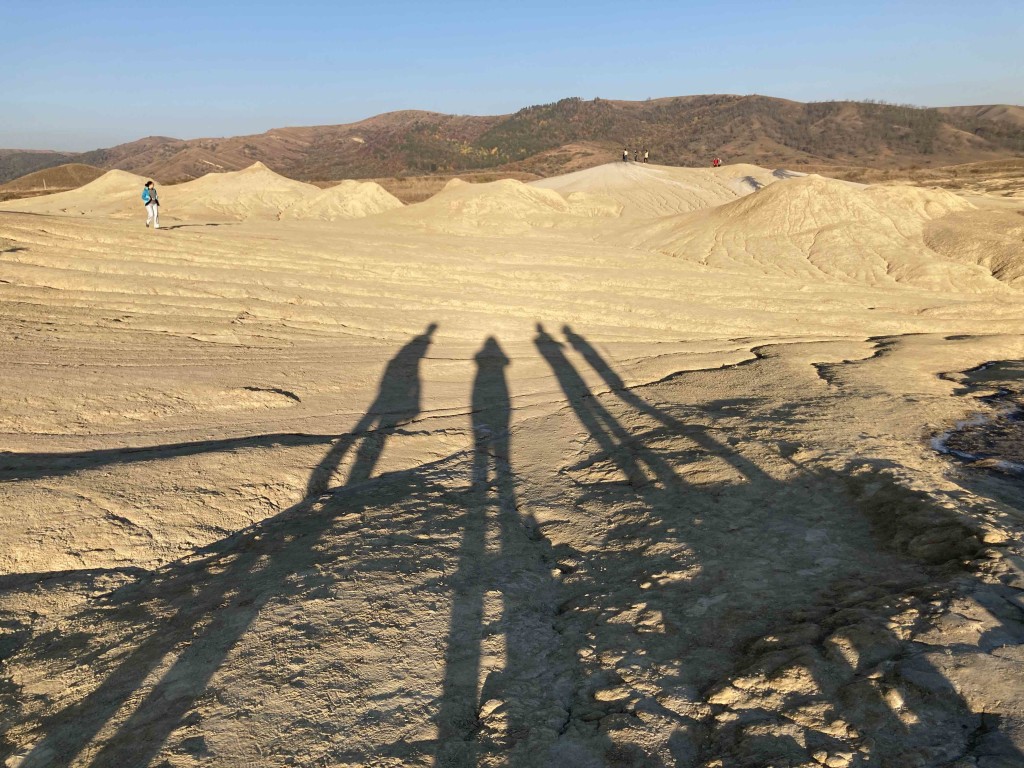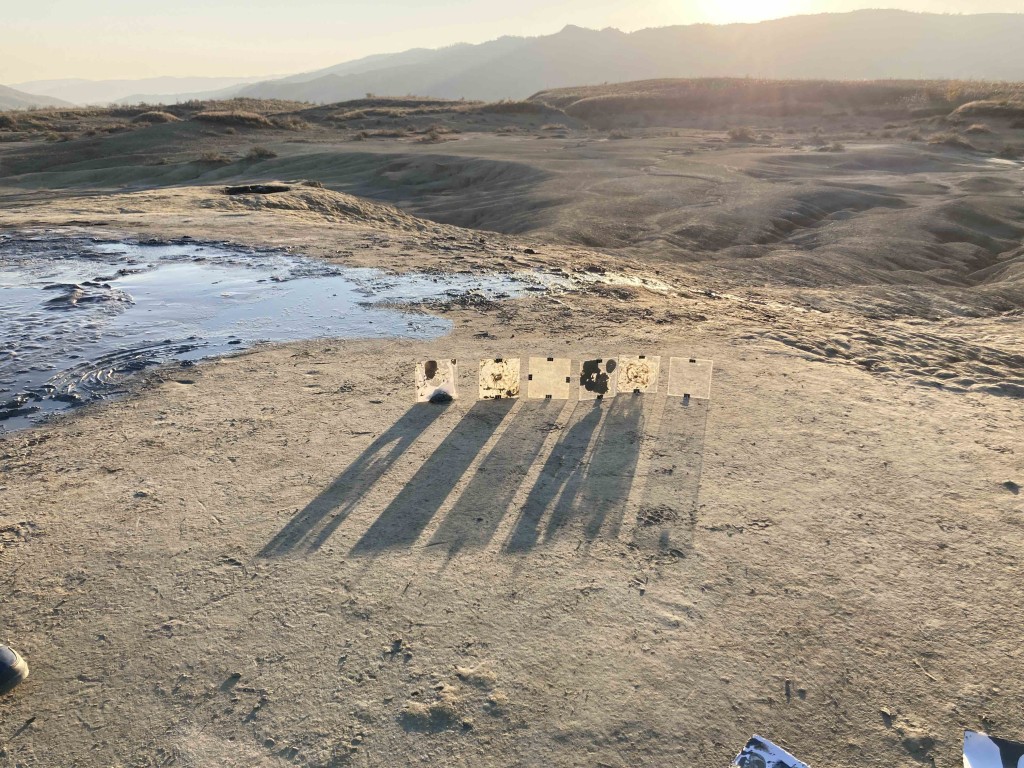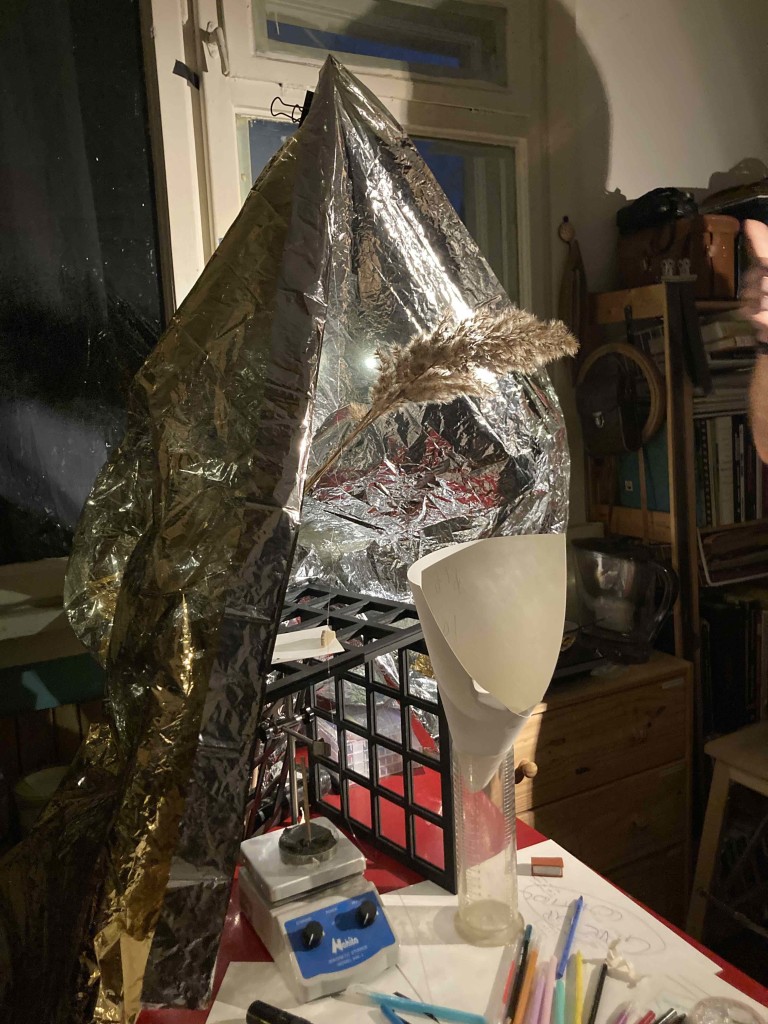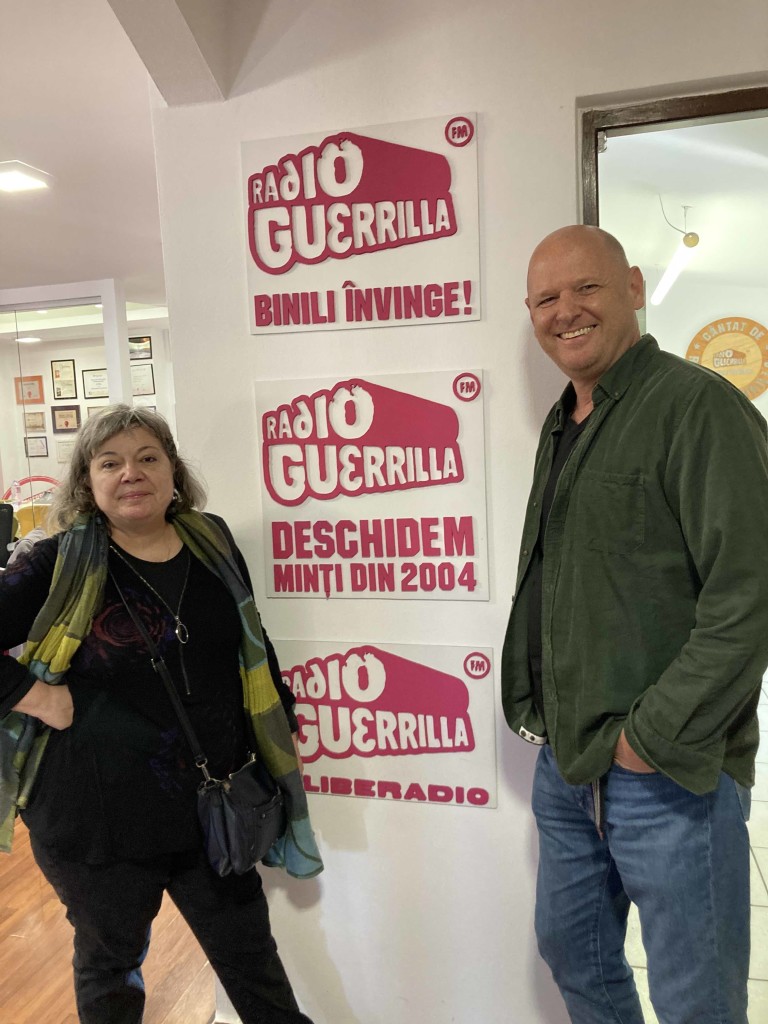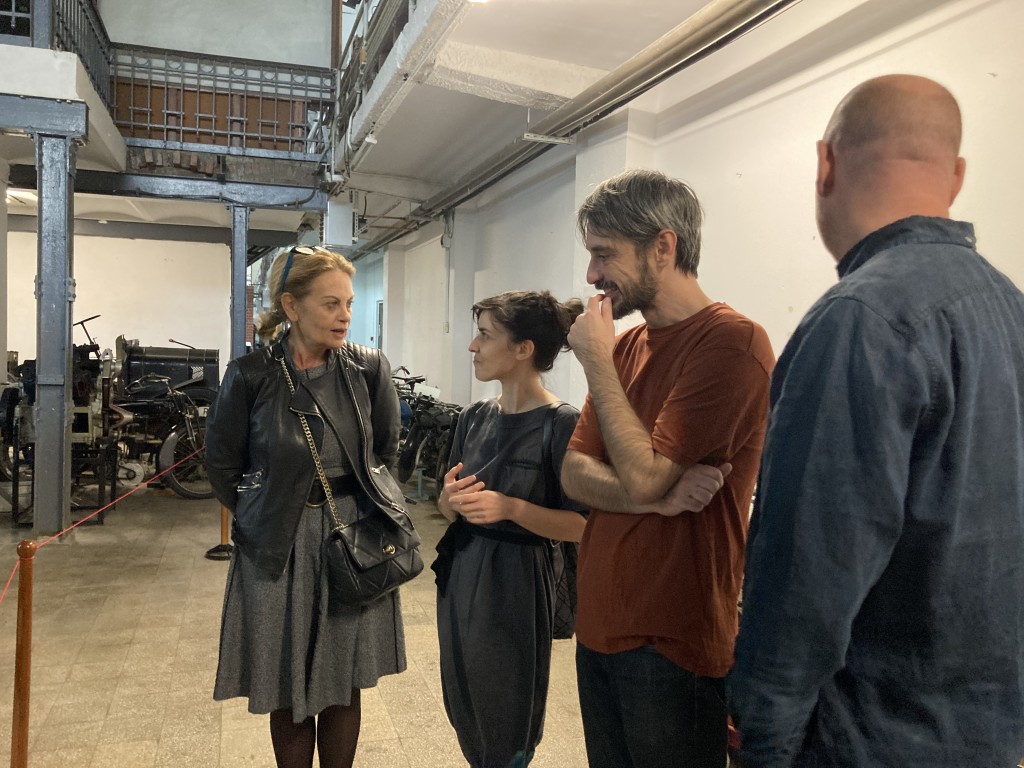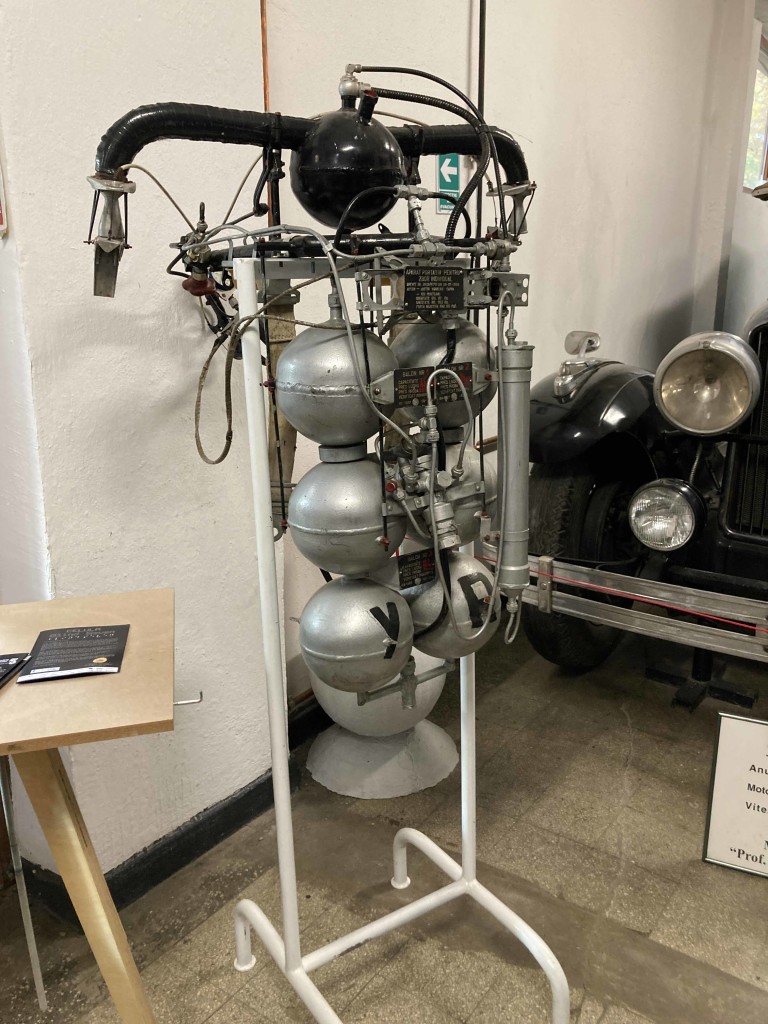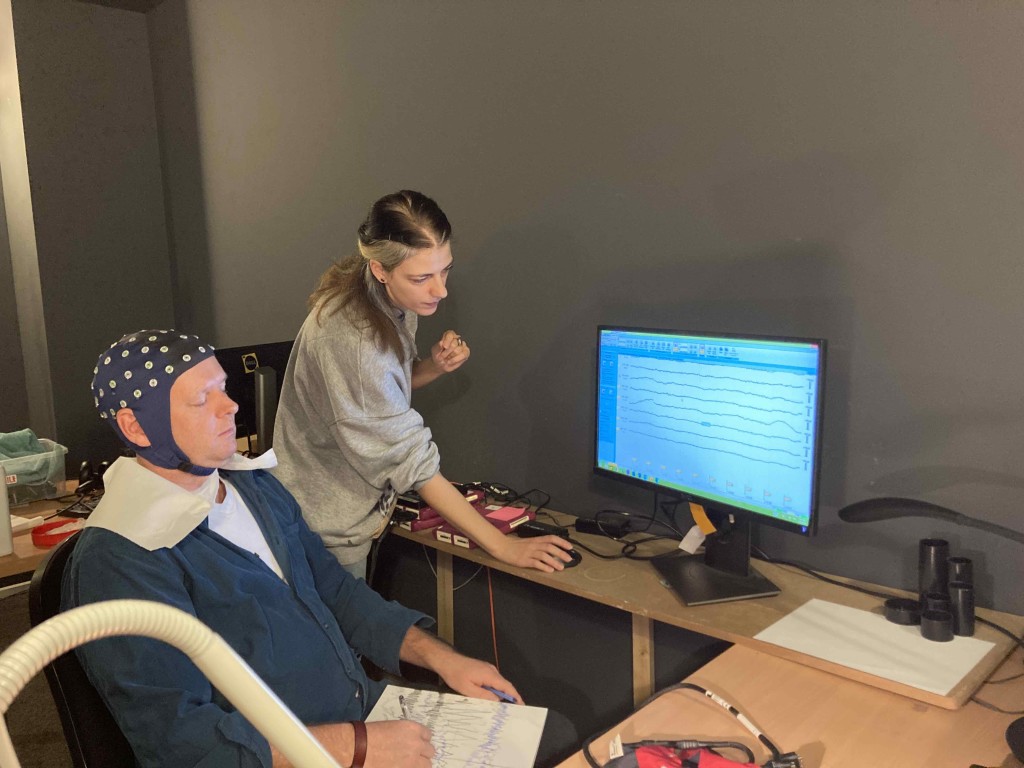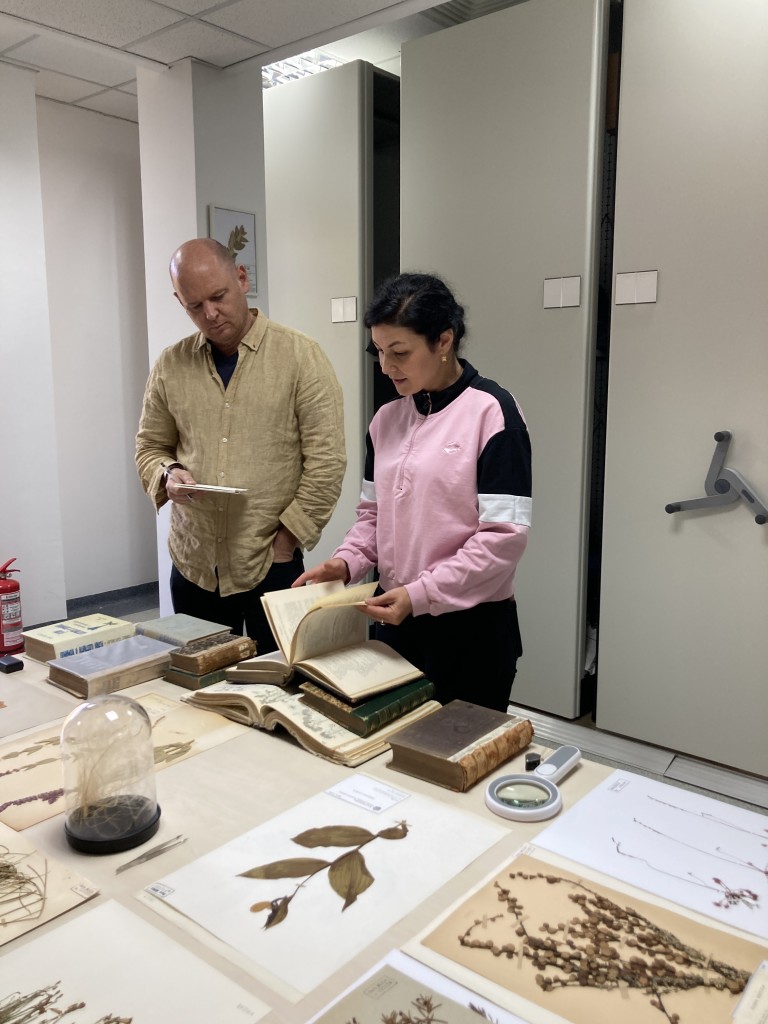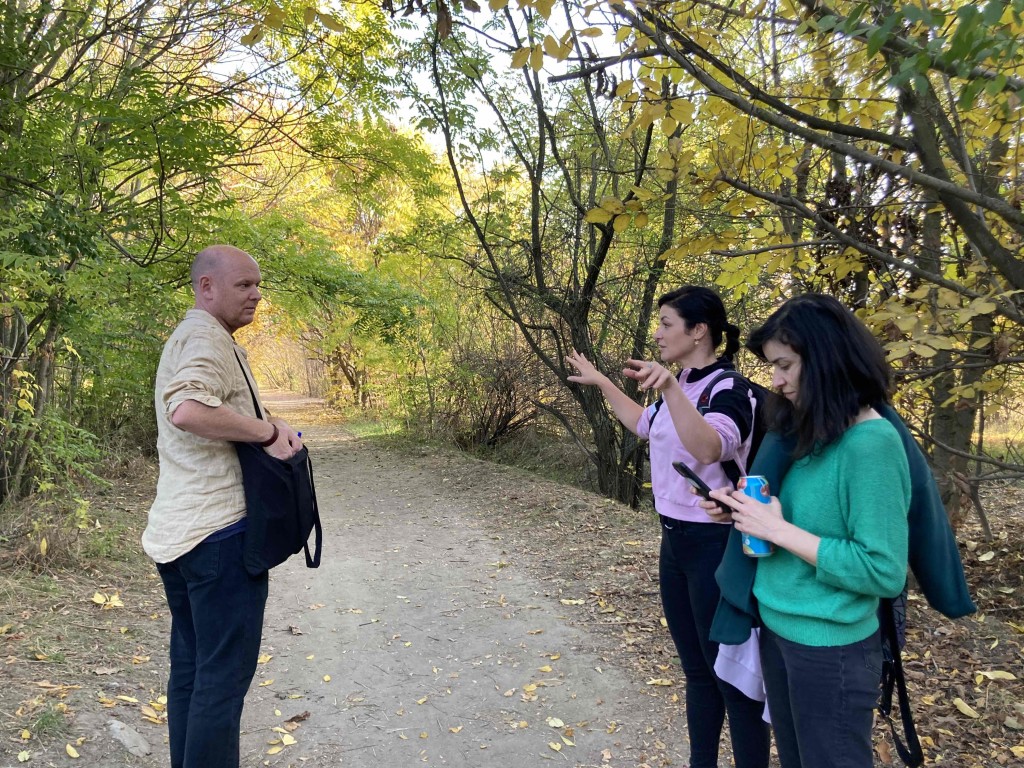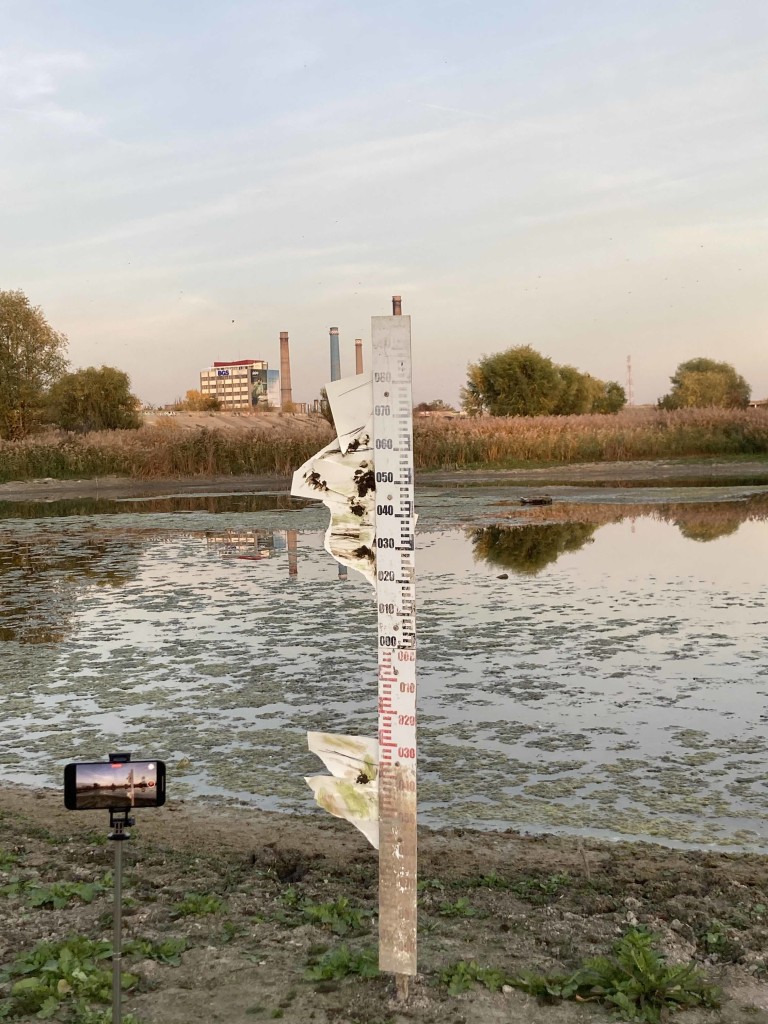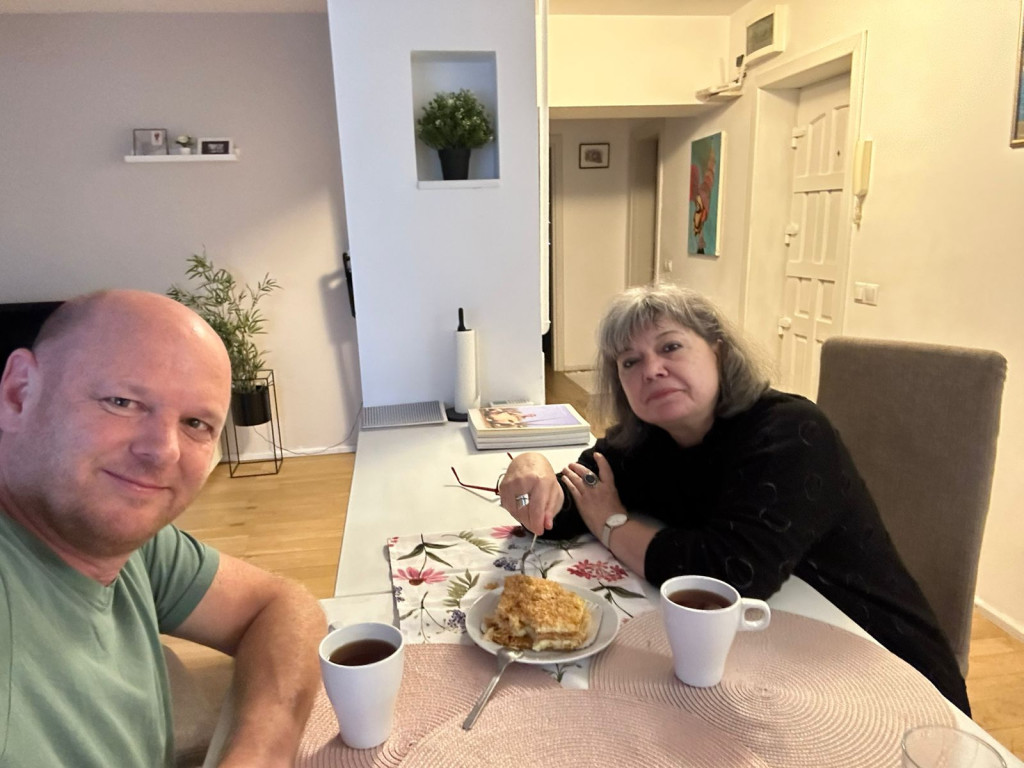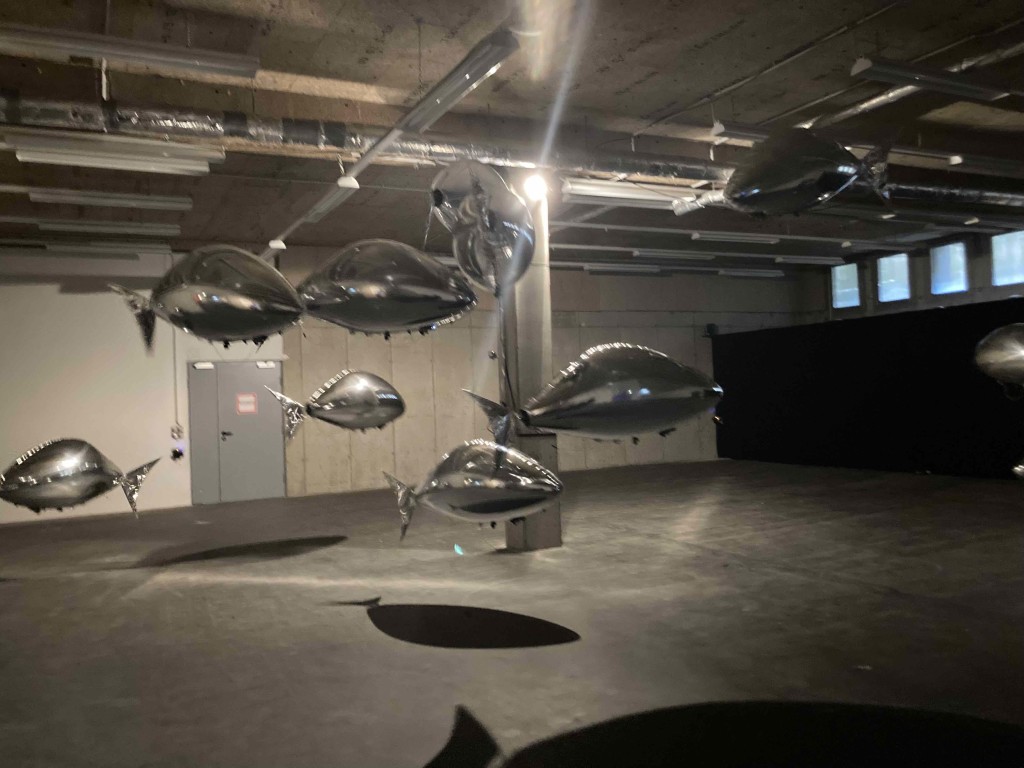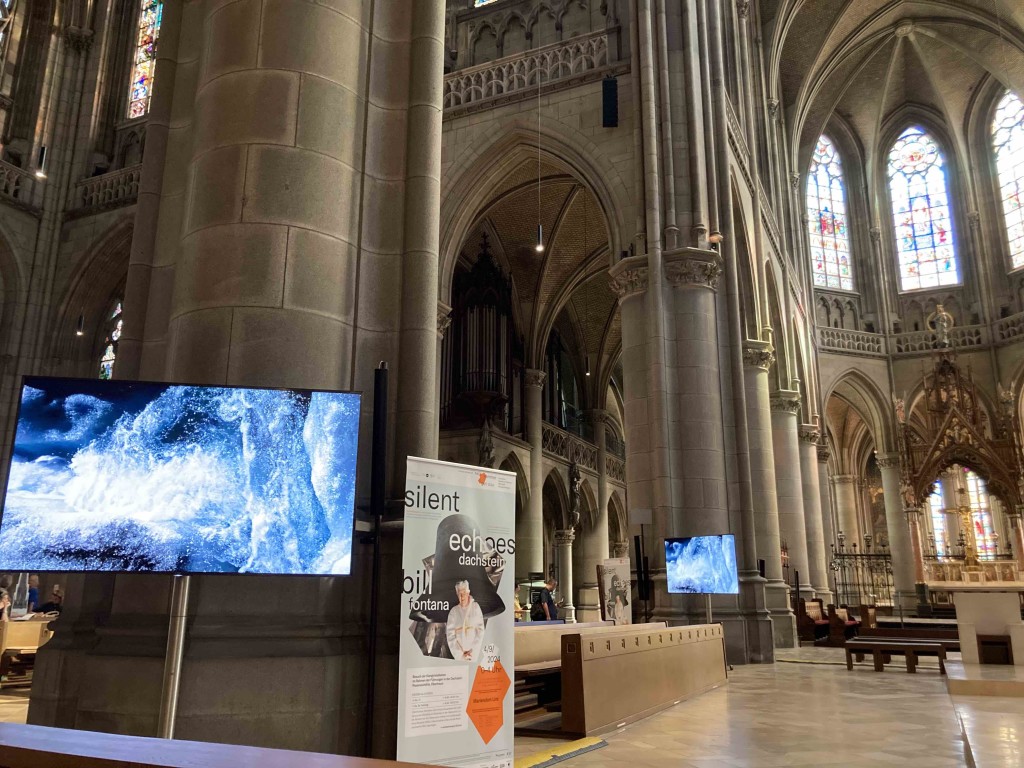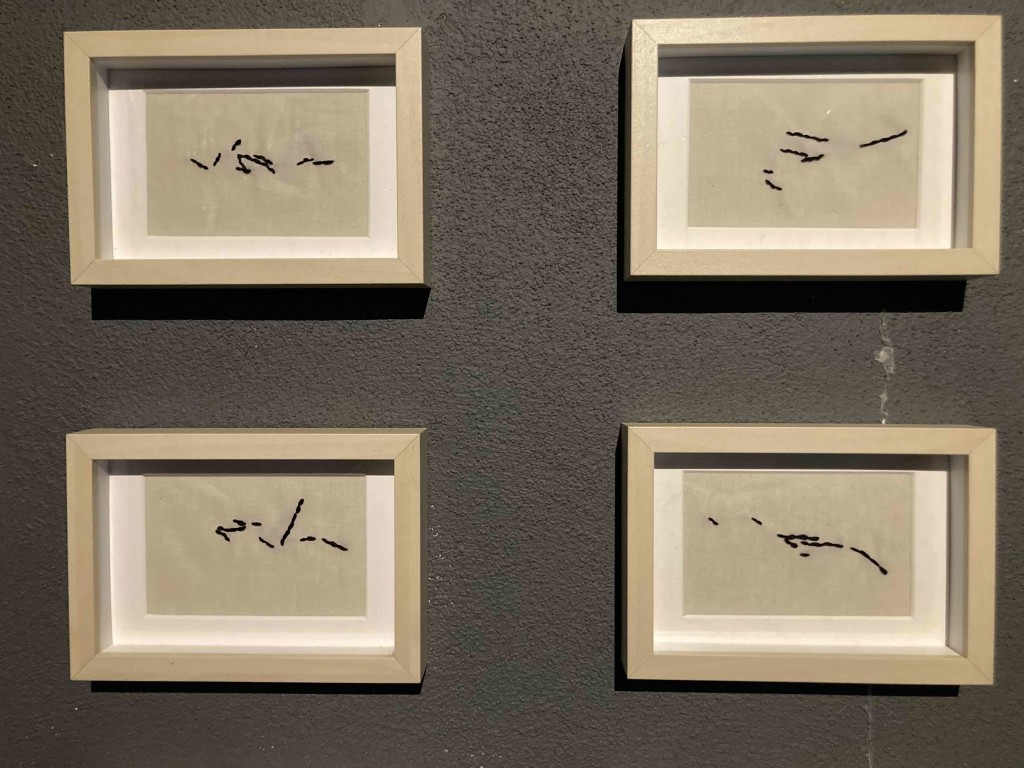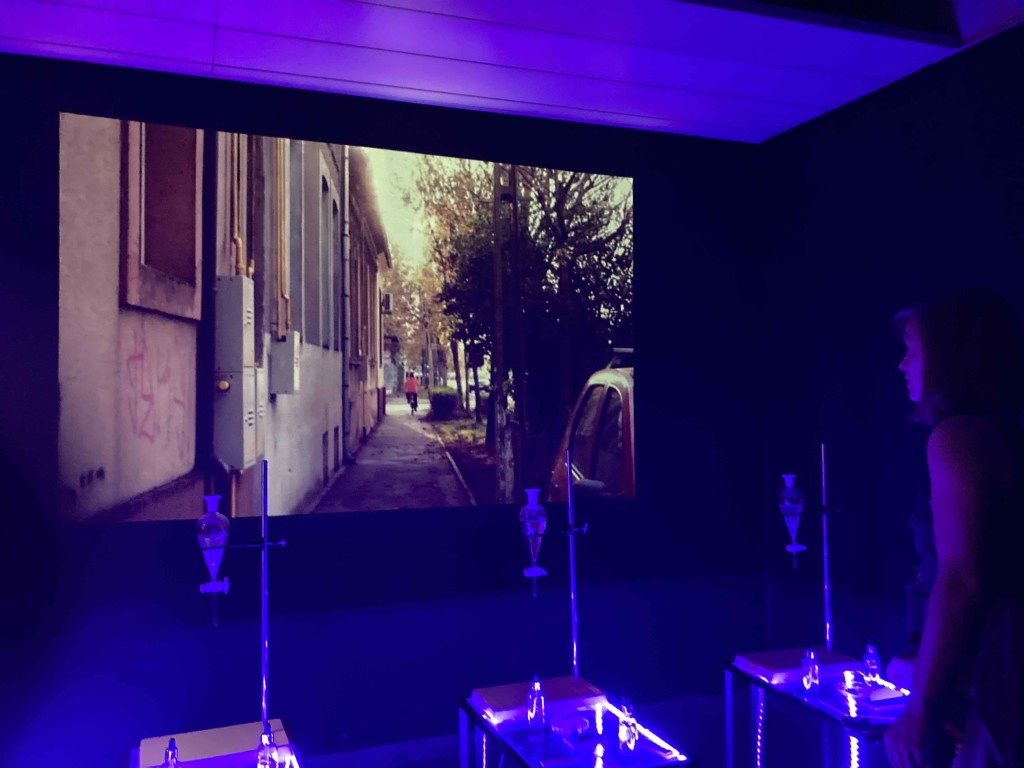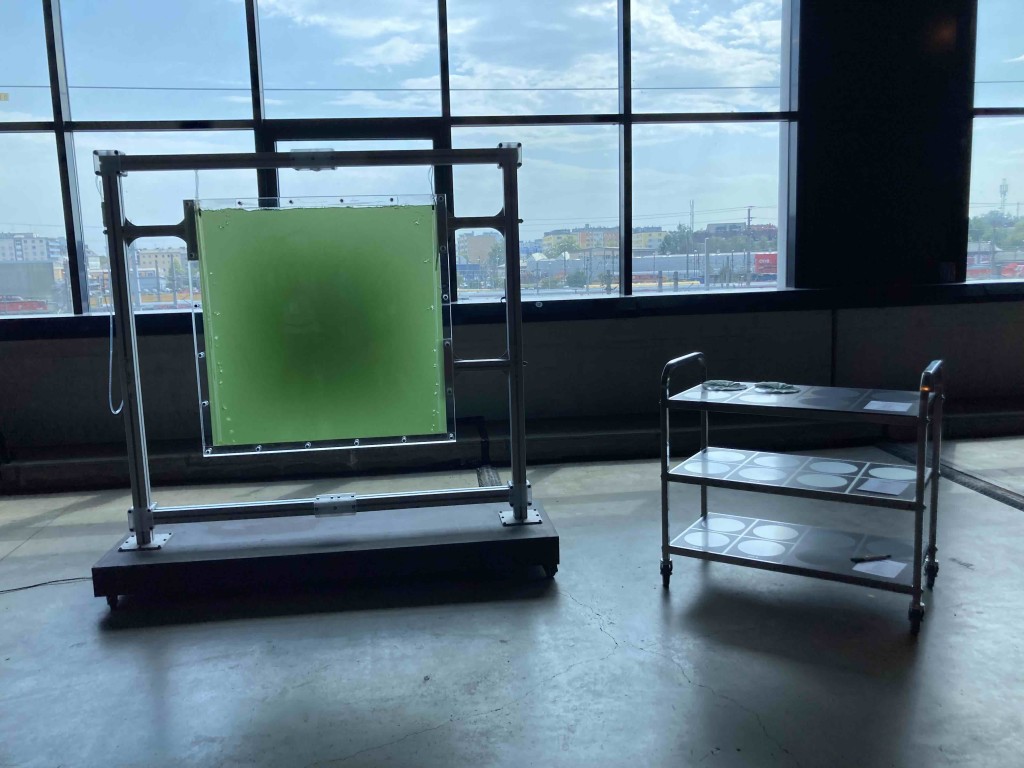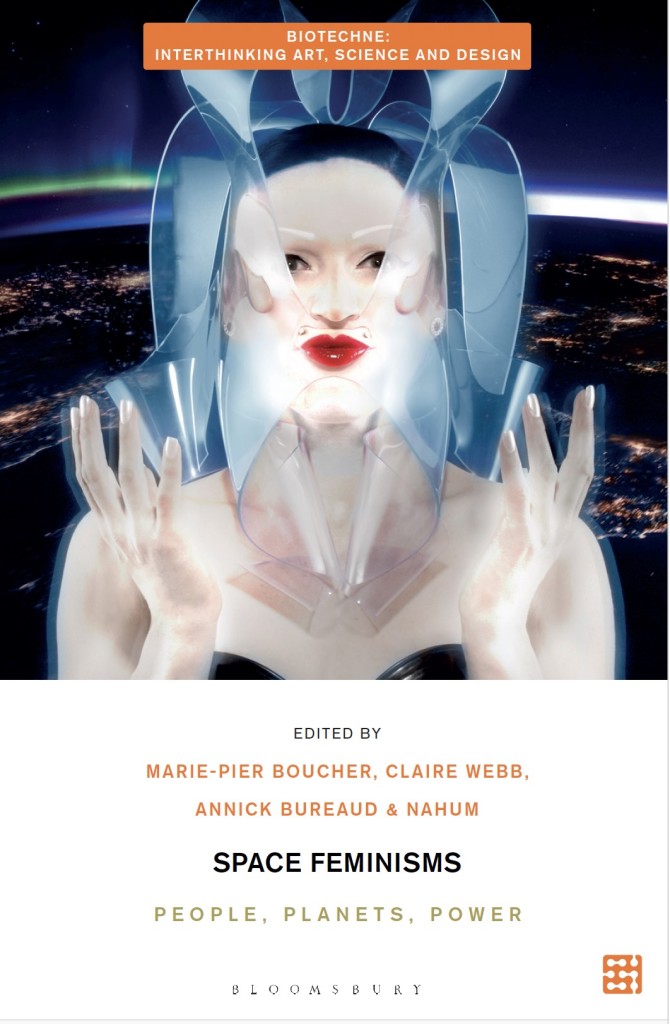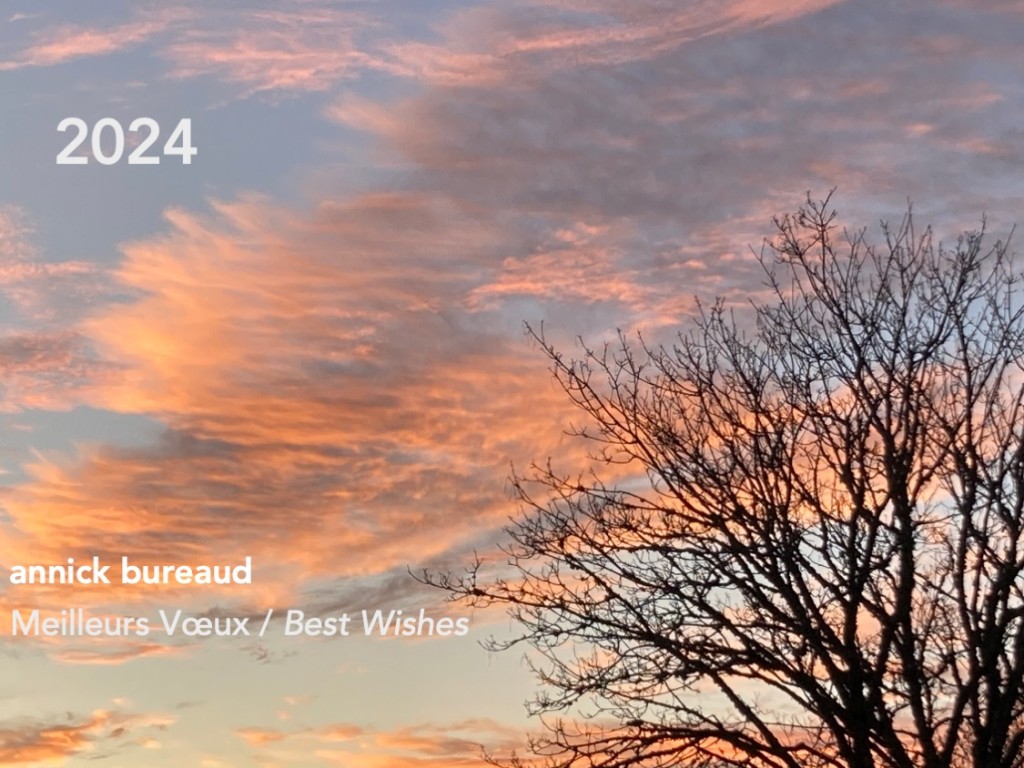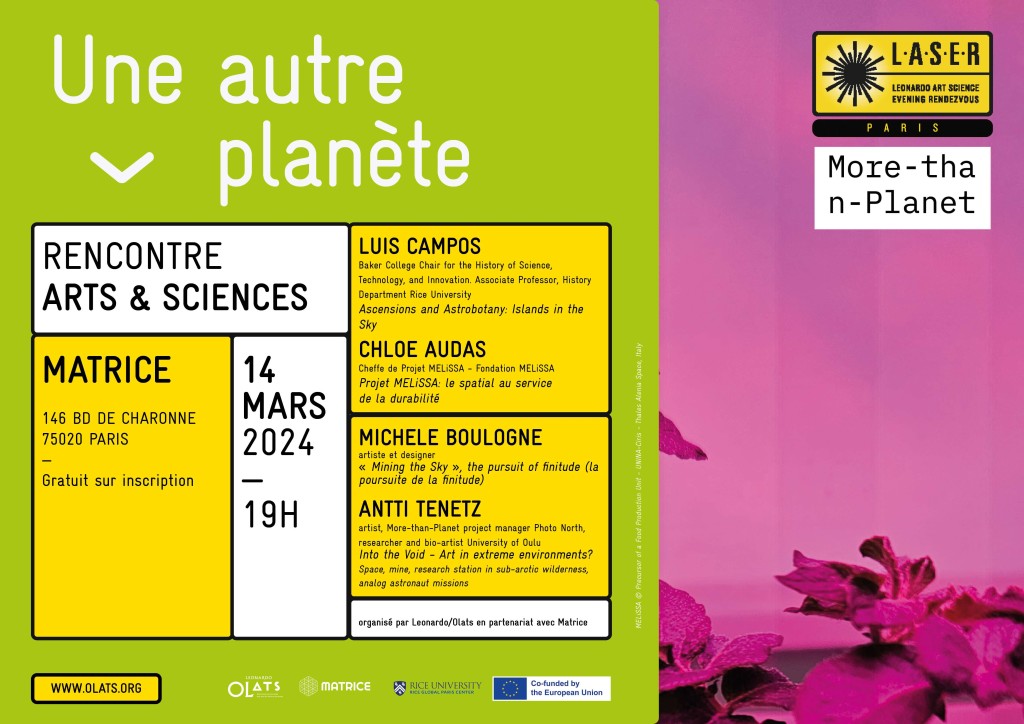 C’est bientôt le printemps, la Rencontre LASER Paris repointe le bout de son nez pour évoquer « Une autre planète ». Elle se tient dans un nouveau lieu, avec un nouveau partenaire, Matrice. C’est toujours gratuit, il faut toujours s’inscrire.
C’est bientôt le printemps, la Rencontre LASER Paris repointe le bout de son nez pour évoquer « Une autre planète ». Elle se tient dans un nouveau lieu, avec un nouveau partenaire, Matrice. C’est toujours gratuit, il faut toujours s’inscrire.
Rencontre LASER Paris : « Une autre planète »
Jeudi 14 mars 2024
Matrice
146 bd de Charonne
75020 Paris
19h00 – 21h30
Entrée libre sur inscription
Terraformation, astrobotanique, systèmes de support de vie, exploitation minière et environnements extrêmes, traversant ces thématiques « Une autre planète » porte un double regard croisé sur les relations entre un « ailleurs » et un « ici » planétaires.
avec Luis Campos, Chloé Audas, Michèle Boulogne, Antti Tenetz
Les Rencontres commencent à l’heure.
Les présentations de Luis Campos et Antti Tenetz ainsi que les discussions se tiendront en anglais.
Programme
> Luis Campos, historien des sciences, Université Rice (Houston, Texas, Etats-Unis) // Ascensions and Astrobotany: Islands in the Sky
Avant même que d’imaginer terraformer une autre planète par des procédés plus ou moins aventureux, nous avons modifié la notre de planète mais aussi étudié comment des plantes vivant dans des zones difficiles pourraient devenir des candidates au voyage dans l’espace.
Perdue au milieu de l’Atlantique, l’île d’Ascension devint une base de la NASA pour le suivi des missions Apollo. Auparavant, au 19ème siècle, alors qu’elle était aride, sans arbre et sans eau douce, elle fut l’objet d’expériences pour la rendre plus accueillante par l’introduction d’arbres et de végétation.
L’histoire de l’habitabilité, de la vie sur terre vers celle dans l’espace, est une logique de vie échappant au contrôle et au design pour des environnements clos. C’est l’histoire d’Ascension, de cette biosphère autonome, et d’autres ascensions ultérieures dans l’espace : dans la pensée de la vie qui pourrait exister ailleurs, soit dans des biosphères artificielles (l’une des premières choses que la NASA a faite sur Ascension a été de créer une ferme aquaponique), ou dans des mondes fortuits d’abondance biologique qui pourraient émerger sur des ailleurs extraterrestres – une possibilité envisagée pour la première fois par l’observation de terrain de l’astrobotanique soviétique. Les interrelations entre les îles océaniques perdues et les nouvelles îles de vie dans le ciel sont inextricables alors que nous voyageons de l’Ascension à l’astrobotanique.
> Chloé Audas, cheffe du projet MELiSSA (ESA/ESTEC, Noordwijk, Pays-Bas) // Projet MELiSSA : le spatial au service de la durabilité
Va t-on manger des salades dans l’espace ? Ou des algues ? A quoi servent ils d’ailleurs ces organismes —plantes, algues, bactéries et micro-organismes— dans cet ailleurs extra-terrestre ? Aussi à prendre soin de la Terre ?
MELiSSA (Micro-Ecological Life Support System Alternative) est le projet européen des systèmes de support de vie circulaires. Inspiré d’un écosystème terrestre, le projet a été créé pour acquérir des connaissances sur les systèmes régénératifs, visant le plus haut degré d’autonomie dans l’espace. MELiSSA vise ainsi la production de nourriture, d’eau et d’oxygène à partir des déchets produits lors d’une mission spatiale. Dirigé par l’Agence Spatiale Européenne et basé sur un large consortium industriel et universitaire européen, le projet MELiSSA a contribué de manière significative à notre compréhension des procédés de transformation et de la façon dont ils peuvent être intégrés dans des systèmes circulaires. MELiSSA est l’exemple ultime d’économie circulaire, mais une meilleure gestion des ressources dans l’espace ouvre également la voie à de nombreuse solutions circulaires pour notre vie sur Terre.
> Michèle Boulogne, artiste et designer (Rotterdam, Pays-Bas et Martinique, France) // Mining the Sky, poursuite de la finitude
« Tu creuses, tu creuses, c’est tout ce que tu sais faire » dirait sans doute aujourd’hui la Zazie de Raymond Queneau.
‘Mining the sky, poursuite de la finitude’ porte sur les enjeux de l’exportation du modèle de l’exploitation minière terrestre aux milieux extraterrestres et plus particulièrement aux astéroïdes.
L’artiste élabore une cartographie des liens et points de rupture entre ces deux modèles miniers, le tellurique et le spatial, et leurs conséquences historiques et potentielles, développant l’exemple de son impact sur la membrane atmosphérique ainsi que sur les fluctuations de marché du travail et de la valeur.
Par le biais d’un récit visuel retraçant la connaissance de ces minerais venus du ciel, Michèle Boulogne questionne où commence et se termine l’espace terrestre ? Comment se traduit la notion de rareté dans l’espace astronomique ? Quel serait l’avenir de la poursuite de l’industrie de la finitude ?
> Antti Tenetz, artiste, chercheur et curator, chef du projet « More-than-Planet » pour le Northern Photographic Centre (Oulu, Finlande) // Into the Void – Art in extreme environments? Space, mine, research station in sub-arctic wilderness, analog astronaut missions.
L’avenir de l’espace est-il au fond d’une mine ? Non pas sur la Lune ou Mars mais bien sur Terre, au centre-nord de la Finlande. Pyhäjärvi, plus profonde mine d’Europe, fermée à l’exploitation, devient une zone de recherches en tout genre : laboratoires de physiques, laboratoires pour la culture de plantes et de fungi, l’expérimentation de production d’insectes et de poissons, ou environnement analogue pour programmes spatiaux.
Quel rôle peuvent jouer les artistes dans ces environnements extrêmes : mines ultra profondes, station de recherches dans l’espace sub-arctique, dans des missions spatiales analogues, ou l’utilisation d’observations terrestres à la frontière de la biosphère ?
Comment explorer de manière critique depuis ces lieux extrêmes les technologies qui redéfinissent le monde et mettre au jour des signaux, événements, entités, hyperobjets comme le réchauffement climatique, ou des changements environnementaux de dimensions telles qu’ils dépassent notre compréhension ?
> Modération : Annick Bureaud
> A la pause : Annonces & Brèves du public
> Echanges autour d’un verre à l’issue des présentations
> Exposition PopUp de Michèle Boulogne, extrait de Mining the Sky (sous réserve)
Programme créé par Leonardo/ISAST (www.leonardo.info), LASER (Leonardo Art Science Evening Rendez-vous) (www.leonardo.info/laser) est un partage d’expériences autour de projets art-science dans des rencontres semi-formelles, hors du cadre institutionnel.
La Rencontre LASER Paris du 14 mars 2024 est organisée par Leonardo/Olats en partenariat avec Matrice, centre d’innovation technologique et sociale (https://www.matrice.io/), avec un soutien de Rice Global Paris Center (https://global.rice.edu/pariscenter).
LASER Paris « Une autre planète » s’inscrit dans le cadre du projet More-Than-Planet (https://www.more-than-planet.eu/), coopération internationale entre Stichting Waag Society (NL), partenaire leader, Zavod Projekt Atol (SI), Ars Electronica (AT), Digital Art International ART2M (FR), Northern Photographic Centre (FI) et Leonardo/Olats (FR), et un soutien financier du programme Creative Europe de l’Union Européenne.
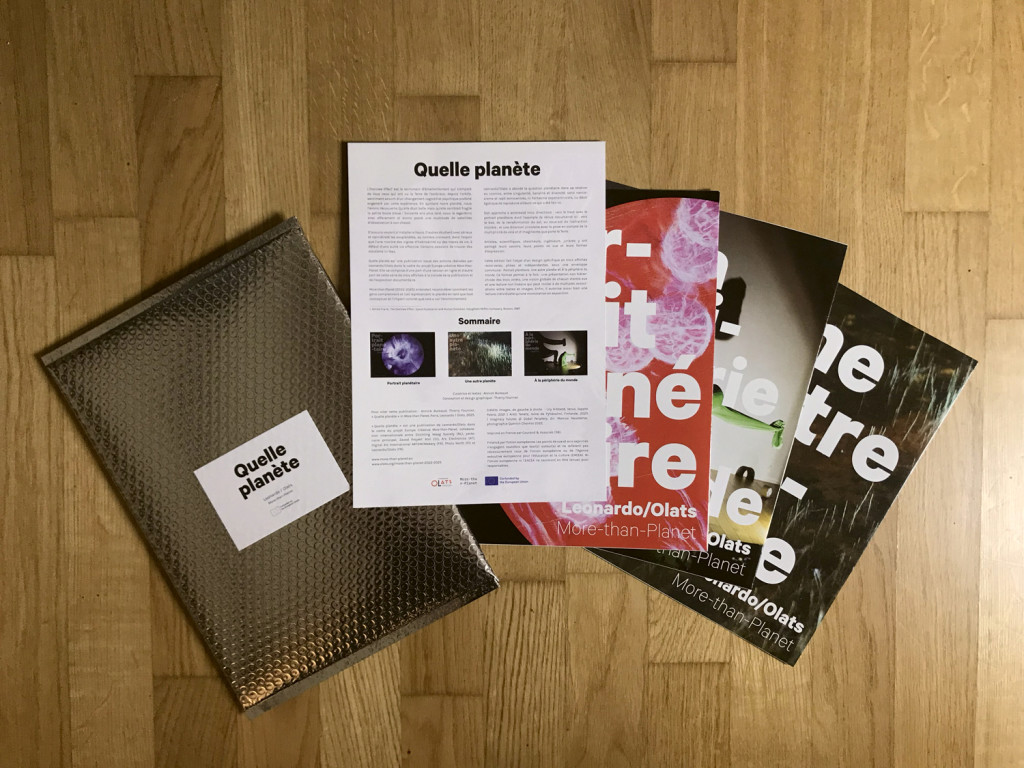 Et voici ma dernière publication avec Leonardo/Olats : QUELLE PLANÈTE, projet de publication hybride en ligne et imprimée créée avec Thierry Fournier (conception et design graphique).
Et voici ma dernière publication avec Leonardo/Olats : QUELLE PLANÈTE, projet de publication hybride en ligne et imprimée créée avec Thierry Fournier (conception et design graphique).
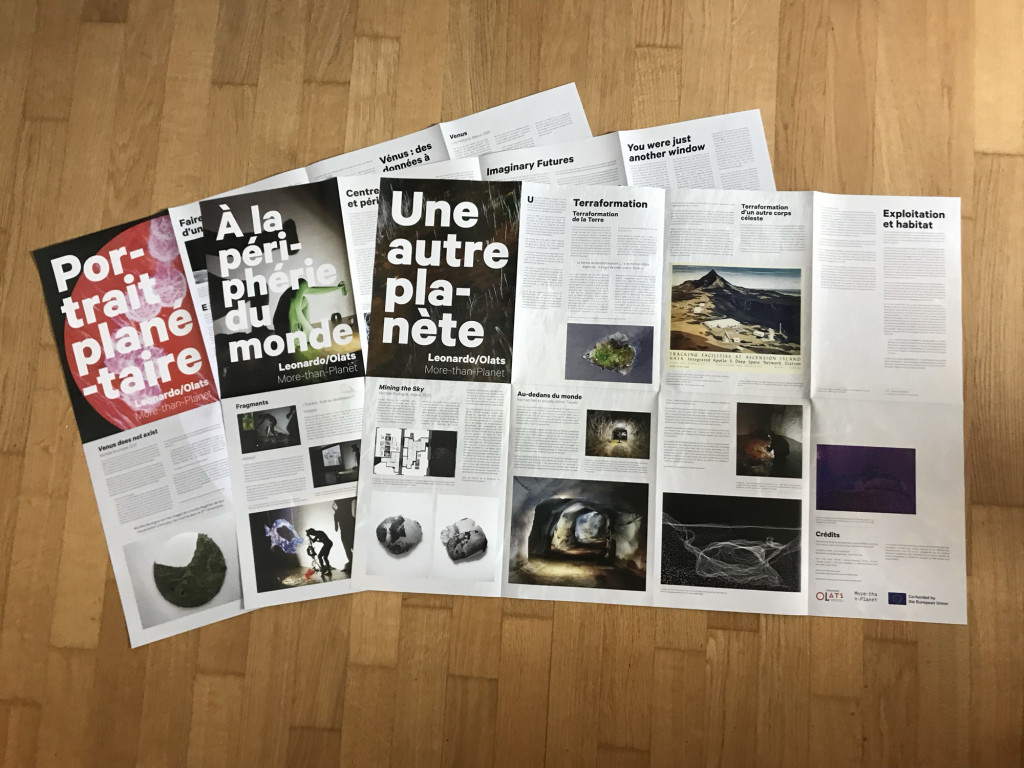
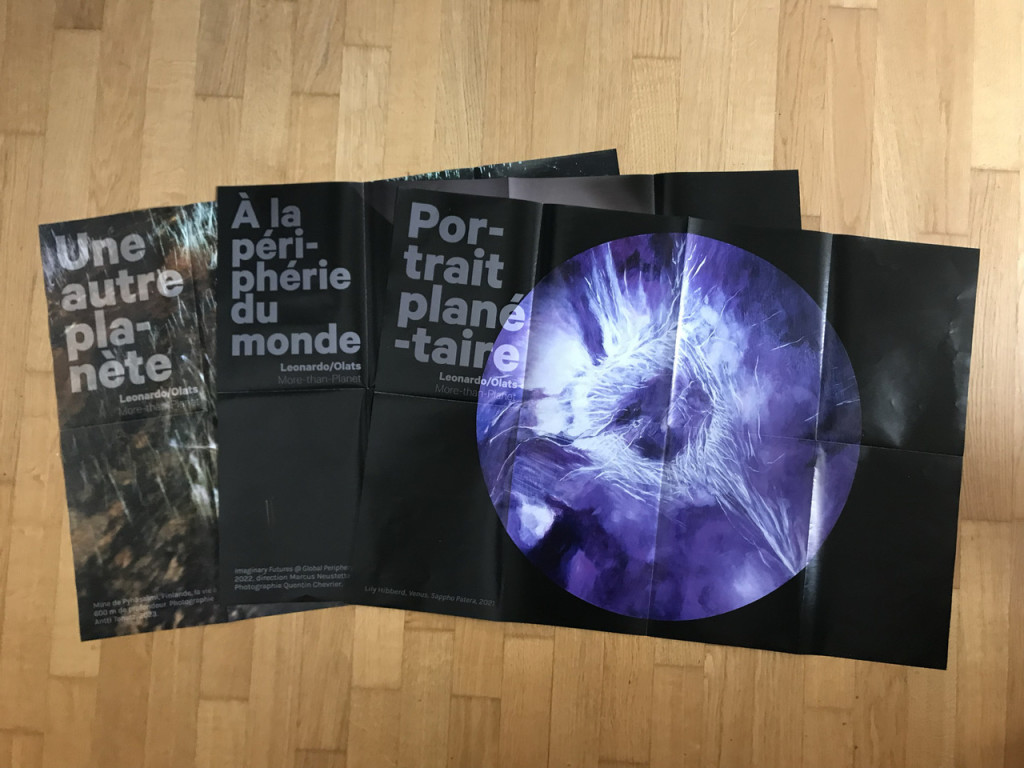
 Follow
Follow